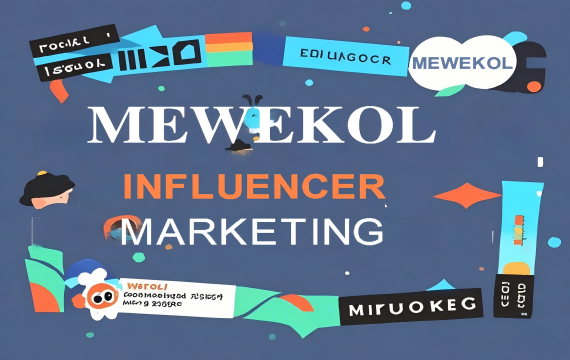Forming a strategic partnership with Amazon influencers, often referred to as “Red People,” can significantly enhance a brand’s visibility and credibility. Here’s a streamlined approach to building these valuable collaborations:
1. Define Cooperation Goals and Expectations
Clarify Marketing Objectives: Start by identifying specific goals for your influencer partnership, such as boosting product sales, increasing brand awareness, or garnering more product reviews. For instance, a new brand might focus on raising awareness, while an established brand launching a new product could prioritize sales.
Set Expectations: Outline what you expect from the influencer, including content format (video, graphic, live stream), style (humorous, professional), and posting frequency. For example, you might request short, engaging videos that highlight key product features once a week.
2. Find the Right Influencers
Utilize Amazon’s Resources: Leverage Amazon’s influencer program and related tools to find influencers who align with your product category and target audience. For example, use the Amazon Influencer Program to filter celebrities by categories like beauty, home, or electronics, and review their fan base and past collaborations.
Social Media Search: Explore platforms like Instagram, YouTube, and TikTok for influencers in your niche. Use trending hashtags related to your product (e.g., #BeautyRecommendations, #NewTech) to identify active influencers. Evaluate them based on fan engagement and content quality by reviewing likes, comments, and previous promotional videos.
Analyze Competitor Collaborations: Observe which influencers your competitors are partnering with and assess the effectiveness of these collaborations through competitor product reviews and social media feedback. If an influencer effectively promotes competitor products and matches your brand image, consider reaching out to them.
3. Initiate Contact and Establish Communication
Professional Outreach: Contact influencers through official business emails or direct messages on social media, ensuring professionalism and courtesy. Clearly state your intent in the email subject line, such as “Collaboration Invitation: [Brand Name] Product Promotion.”
Introduce Your Brand: Provide a concise introduction to your brand and products, highlighting your brand’s positioning and product benefits. For example, a home brand might emphasize its commitment to eco-friendly, stylish products made from sustainable materials.
Express Sincerity and Outline the Proposal: Convey appreciation for the influencer’s work and express genuine interest in collaboration. Briefly outline the proposed partnership model (e.g., product gift, commission-based) and initial ideas for promotional content, without overwhelming details.
4. Discuss Cooperation Details
Finalize the Collaboration Model and Compensation: Agree on a specific collaboration model (e.g., product trial, sponsored content, commission-based) and negotiate remuneration. For example, in a sponsored content model, discuss content requirements, production costs, distribution channels, and whether payment is project- or time-based.
Plan Promotional Content and Schedule: Collaboratively plan the promotional content, including key product features, content style, and video length. Also, set the promotion timeline, including release dates and duration. For instance, decide to release a promotional video ahead of a major shopping event and continue promotions during the following week.
Sign a Contract and Protect Rights: Draft a contract detailing both parties’ rights and obligations, covering aspects like cooperation content, compensation, intellectual property, confidentiality, and breach of contract. Specify obligations such as timely promotion and payment, and clarify intellectual property rights. Sign the contract once both parties agree on the terms to protect their interests.
5. Maintain and Evaluate the Partnership
Establish Effective Communication: Maintain open lines of communication with influencers throughout the collaboration. Schedule regular meetings (weekly or monthly) to discuss promotional progress, address influencer queries, and provide product updates. For example, notify influencers promptly about new features or promotions.
Evaluate and Adjust: Assess the partnership’s success by reviewing sales data, traffic, and fan feedback. Collaborate with influencers to analyze strengths and weaknesses and adjust strategies accordingly. For instance, if conversion rates are low, discuss whether content presentation or product highlights need improvement, and refine future promotional content.
By following these guidelines, brands can forge meaningful partnerships with influencers, maximizing the impact of their marketing efforts and achieving their promotional goals.


